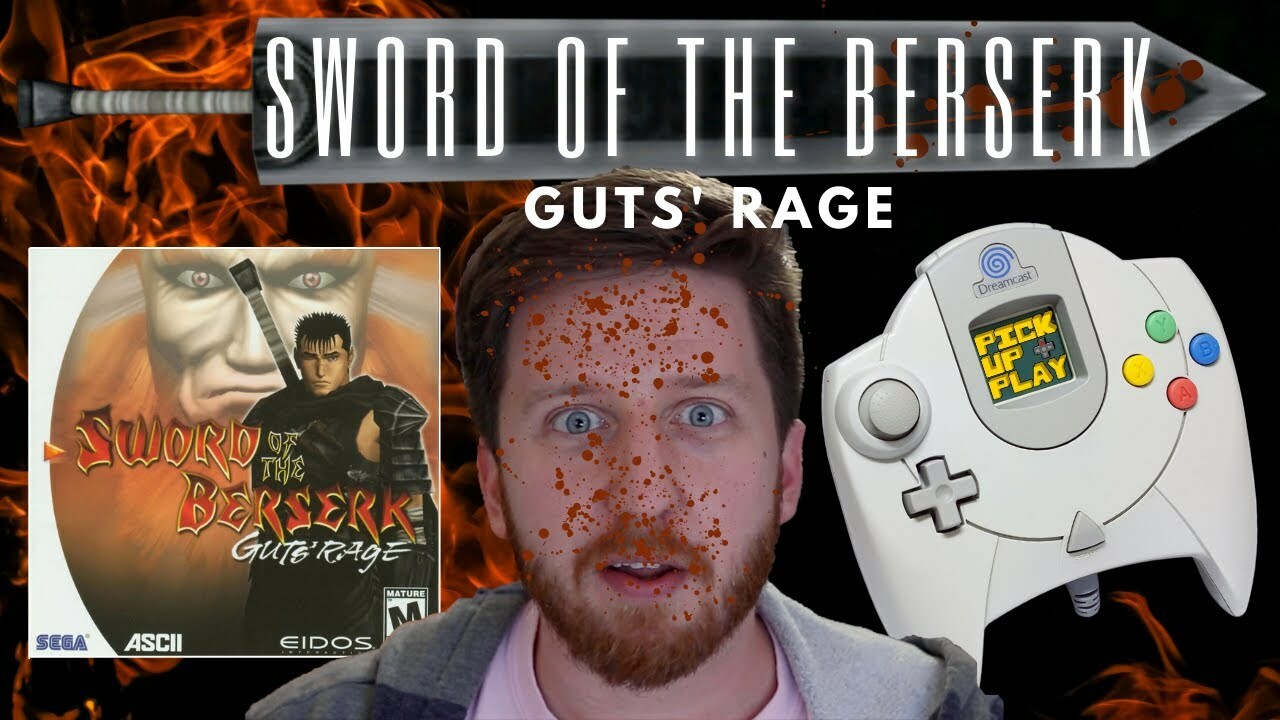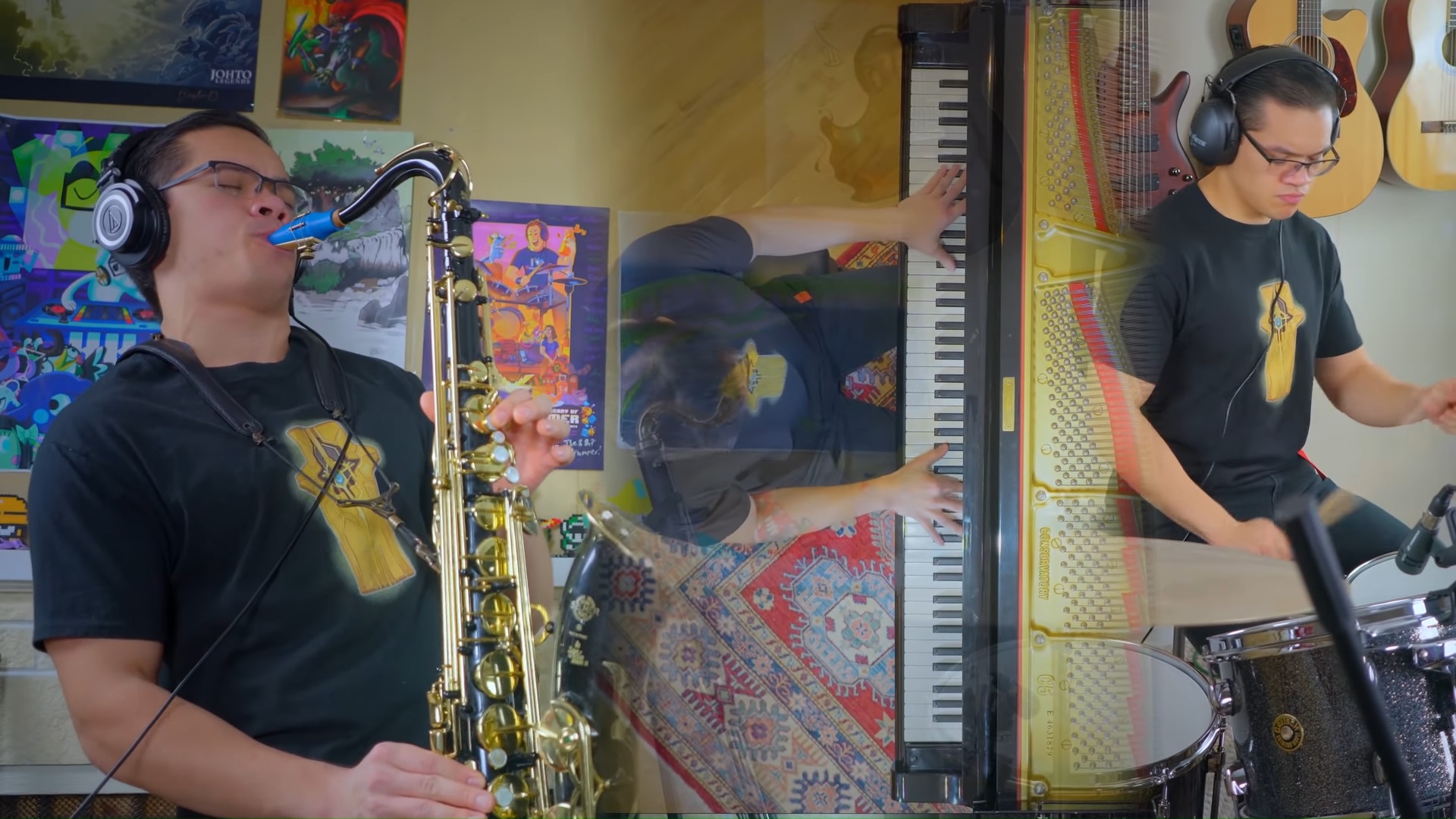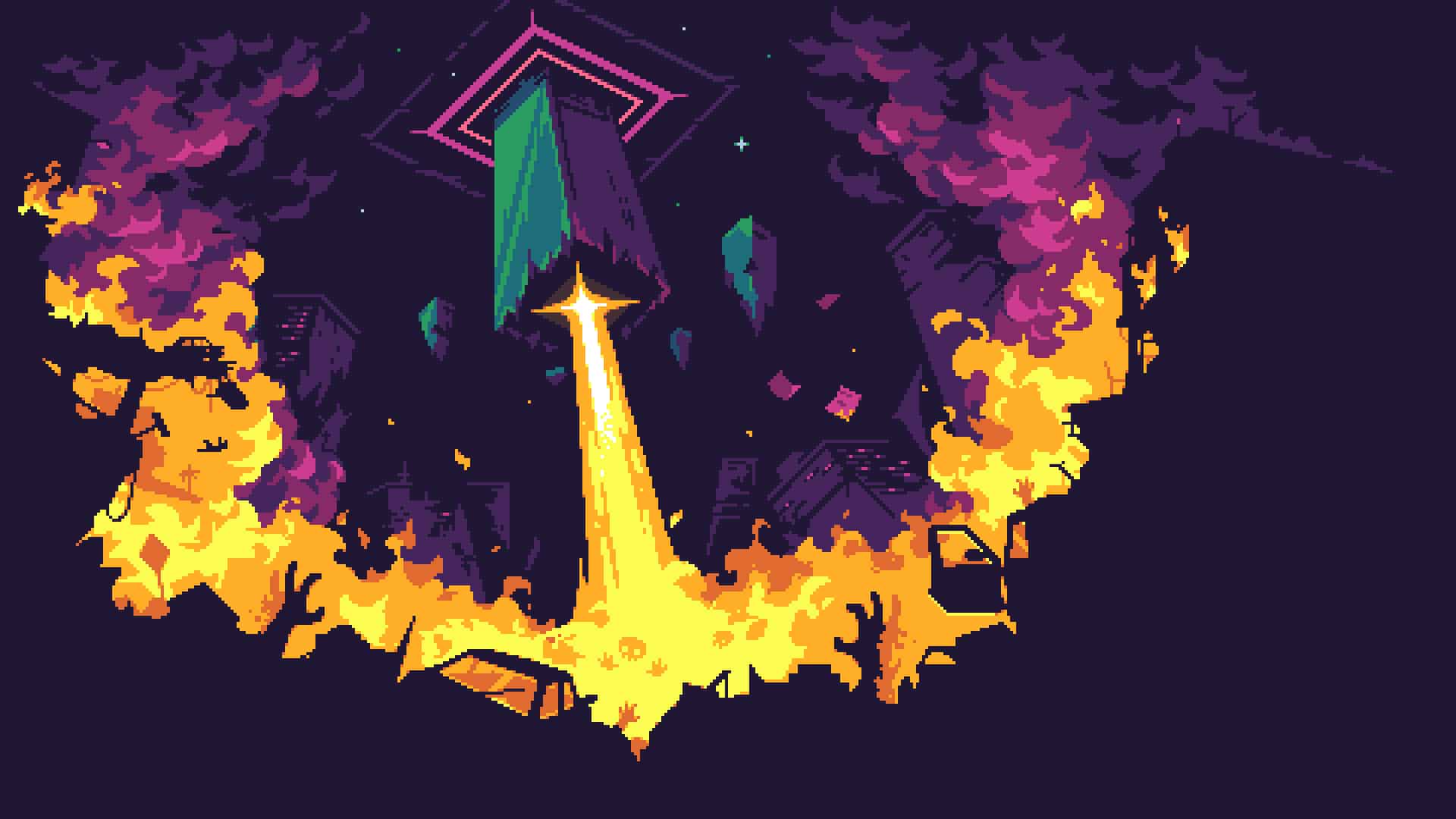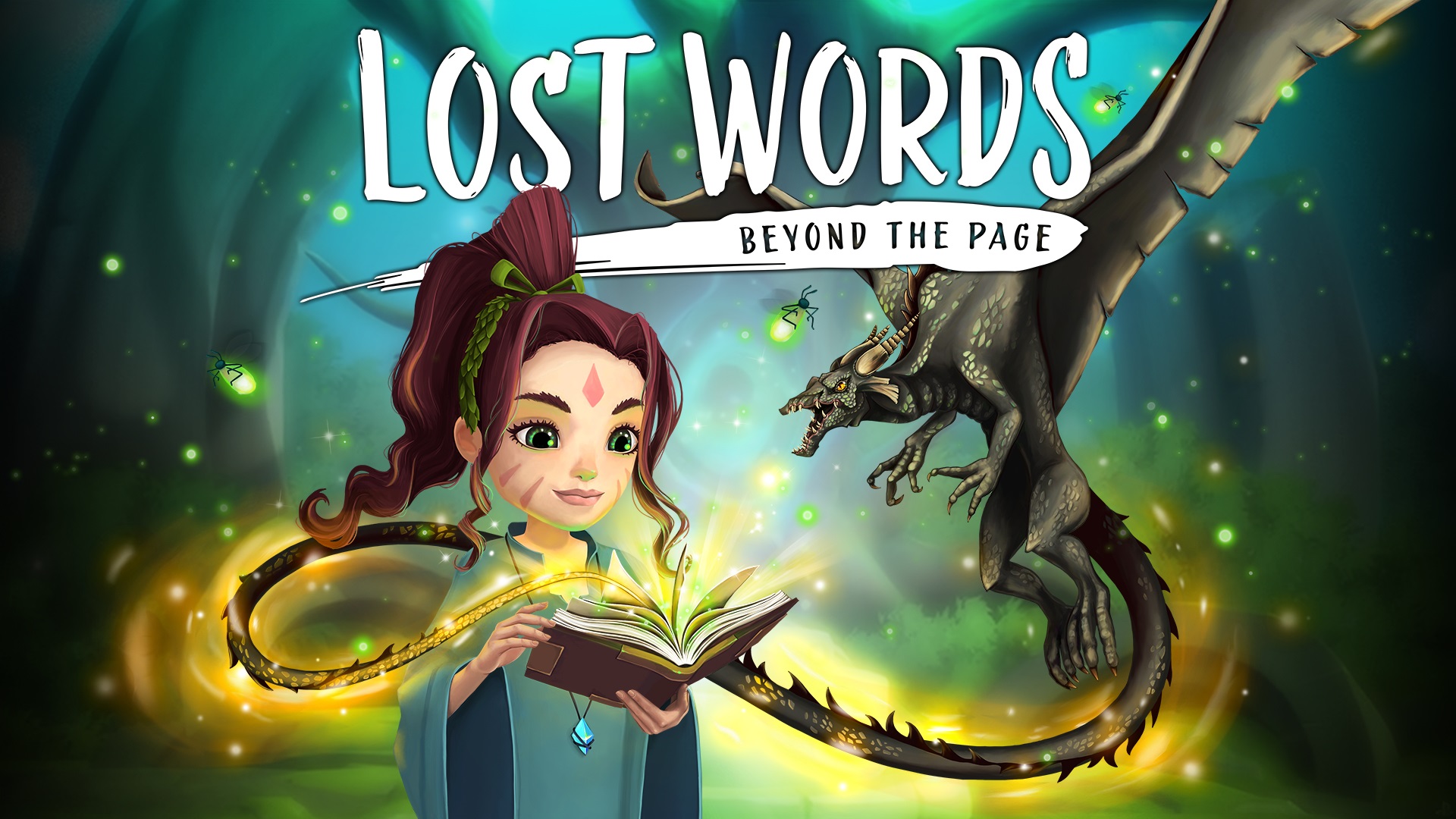Share
Pokémon Brilliant Diamond and Shining Pearl (BDSP) represent the worst of classic and modern Pokémon design. Simultaneously, I had a genuinely good time with Brilliant Diamond (the version I picked up) nonetheless. In revisiting the Sinnoh region, I’ve found myself at something of a crossroads. I’ve loved Pokémon since I was a kindergartener, and Brilliant Diamond is more Pokémon. And that, inherently, makes these remakes something of a special case. There is a marked disparity here between my subjective enjoyment of them and their objective quality.
We need to begin where developer ILCA, Inc. began when rebuilding Sinnoh – the original DS release of Pokémon Diamond and Pearl (DP). While the concept of the Pokémon remake has been around since FireRed and LeafGreen (FRLG) on Game Boy Advance, we’ve never seen a Pokémon generation remade as iteratively as BDSP since FRLG to begin with. Both HeartGold & SoulSilver (HGSS) alongside Omega Ruby & Alpha Sapphire radically overhauled their respective origin games to fit then-contemporary standards. Brilliant Diamond and Shining Pearl don’t do that. Instead, more than any remakes before them, BDSP hinge upon straight nostalgia to succeed.
leaning into the past
However, BDSP arguably does not capitalize upon that nostalgia. I’d know, as generation four, Pokémon Platinum in particular, was my entry point into the Pokémon video games. I’d long enjoyed the trading cards, anime, and toys prior, but my Platinum cartridge is what solidified my infatuation with the franchise. I think this context has strangely made me both softer and harder on Brilliant Diamond. To the former, this personal connection to Sinnoh smooths over some of the region’s sticking points which ILCA failed to address by sticking so close to the DP playbook. But that point intrinsically informs the latter, because I wanted Brilliant Diamond to improve this now-antiquated generation in a way that brought the experience to parity with how I remember it.

Unfortunately, ILCA simply does not stray far enough from the source to fix the glaring issues of DP, introducing many of its own problems in the process. The games’ presentation is perhaps the most glaring, and the most discussed, issue with these titles. In Brilliant Diamond’s opening hours, I was largely disinterested, and the game’s art style was mostly to blame. Perhaps the greatest accomplishment of the Pokémon remakes overall is their ability to bring a region like Kanto or Hoenn to life beyond the confines of their technical limitations. Brilliant Diamond does not aim to do the same.
Instead, BDSP aims to directly recapture the aesthetic of the Nintendo DS’ hardware. The overworld is scaled down and realized in a Chibi style that mirrors the DS’s original pixel art. In the most literal sense, this is a nostalgic visual direction. But, it’s a direction that actively tries to reinstate restrictions. There were shrunken character models in the overworld and fully-realized ones in battle on DS because the hardware couldn’t do any better. The Switch obviously can. This is a visual regression which stands in the way of my Sinnoh revisit feeling more immersive comparatively. I wanted to return to Twinleaf Town in a way that felt livelier than before, but BDSP just doesn’t facilitate that immersion.
presentation problems
Regrettably, the issues with the presentation aren’t really conceptual, as the execution of the style just feels very uneven. Depth of field blurring is applied inconsistently, and the textures – particularly on character models – are stretched and decidedly low-res. Brilliant Diamond looked flat-out bad whenever I docked my Switch because of how fuzzy everything was. The smaller handheld screen certainly helped smooth over the blemishes, but there shouldn’t have been blemishes to begin with. Considering how unambitious the visual style is, I expected a much greater attention to detail.

That detail is present sometimes, as certain overworld areas looked quite pleasant. In very controlled spaces, such as within cutscenes, Brilliant Diamond does look nice. While I do like how each Pokémon title has evolved visually to make their worlds feel livelier, I also like the concept of Pokémon games with distinct art styles. A properly-executed Chibi Pokémon adventure in the vein of Link’s Awakening could’ve been delightful. Instead, we just have a visual style that feels lifeless because it doesn’t feel polished.
One final point about the visuals though (then we’ll move on, I promise) is that the battles themselves look quite impressive. These environments are the best that they’ve ever been, and it’s in these spaces that BDSP genuinely feel modern. When I’m in battle, I do feel like ILCA was able to translate my fond Sinnoh remembrances into a fresh experience. That said, there are still frustrating issues here. These games are buggy, and I had several instances where moves would hit, register damage, play sound cues, and drain health bars out of order. This seemingly happened every time I used Rock Climb, and each time this glitch occurred the games just felt sloppy. This was doubly true when I finally evolved my Murkrow into a Honchkrow, only for it to fly too high in battle and have its top third off-screen at all times. Visually, BDSP is absolutely a mixed bag.
a seriously safe revisit
Beyond the aesthetic, there really isn’t much to say to the casual fan who is on the fence about these remakes. BDSP is effectively a tile-for-tile remake of DP. Unlike titles such as Omega Ruby and Alpha Sapphire, these games do nearly nothing to complicate or expand the Sinnoh formula. There are no Mega Evolutions, Z-Moves or Dynamax forms. There are no major new pieces of content, like the Delta Episode. The additions that are here, like The Grand Underground, feel more like bonuses that check the box of having new areas than genuine expansions to the gameplay experience. Same goes for ideas like trainer customization, which became a series staple post-XY. Any additions feel surface level and detached, because they’re being grafted onto an otherwise-unaltered adventure.

There aren’t even fundamental quality of life changes. A key change would’ve been overhauled online support, but we’re instead tethered to the incredibly cumbersome Union Room framework that worked in 2006 but feels like a relic now. And naturally, generation eight ideas like overworld Pokémon (beyond the completely isolated Grand Underground) are not present either. Returning to random encounters is a massive step back, but is ultimately a function of the map remaining on its narrow tile structure. This Sinnoh simply would not be able to accommodate overworld encounters.
In short, I’d characterize Brilliant Diamond as a missed opportunity. For Pokémon fans my age (I’m twenty), the Sinnoh remakes meant a lot to us. It was something of a foregone conclusion that we’d get a grand, HGSS-style remake in the Sword and Shield engine. That categorically is not what we received. Instead, we got an outsourced remake that rehashes the tenets of old Pokémon. For as iterative as this series can be, BDSP is a testament to the fact that near-yearly iteration adds up over time. Getting overworld encounters, battle gimmicks, expanded Pokédexes, robust online, and other features stripped away is a culture shock. So, I’d be hard pressed to recommend these games to players unless they’re equipped for an older-feeling JRPG experience. But, this is just me talking in short to the casual player, and I am not a casual Pokémon fan.
a confused design philosophy
In long, (is that a contrasting expression to in short?) BDSP is a really peculiar time capsule to revisit. These games are probably the best-worst way to play through Sinnoh. Because, if you’re familiar with older Pokémon, you’ll know that BDSP is that… but it also really isn’t. The regional Pokédex is still incredibly small and equally unbalanced like it was in DP. This leads to trainers in gyms not having type-appropriate teams, and Team Galactic using the same six Pokémon over and over. This problem was addressed somewhat in Platinum, which had a larger Pokédex, but ILCA chose to sequester its added Pokémon away in the Grand Underground, and many into the post-game entirely. This leads to random encounters feeling very tiresome when Geodudes and Bibarels are still showing up with dominant spawn rates in the back half of the game. While this is just one example of DP malaise resurfacing, these games do also feel a lot fresher.

Most notably, BDSP really moves. I beat Cynthia with a final time of 15:37 according to the Hall of Fame, and that’s a fraction of Diamond and Pearl’s original runtime. Despite the return to random battles and the limited Pokédex, I never really went on autopilot when playing because I cruised from one adventure beat to the next. The game engine is obviously much faster, which helps a lot. The modern Experience Share, which splits exp. across the entire party regardless of who fought in the battle, does also, but your mileage here will vary. I’m largely anti-Experience Share, as it tends to destroy the level curve of contemporary Pokémon games. That can be the case here (especially since the item inexplicably cannot be turned off), but I intentionally skipped trainer battles to stay below the curve.
In doing so, I encountered what was perhaps the toughest Elite Four and Champion that I’ve ever gone up against. Not only was I going in with a team in the mid-50s, underleveled by a good ten levels or so by the end, but I was fighting competitive-tier opponents. While ILCA seemingly did not care to address the Pokédex itself, the team did supe-up the E4. These fights were devious. A Light Clay setup Mr. Mime, a Flame Orb, Marvel Scale Milotic; these were just a few of the tricks ILCA had up its sleeve. There is a great Reddit thread about exactly how much of a glow-up ILCA offered. I really enjoyed this climax, as I genuinely had to strategize to reach the top. But, being in a position to actually appreciate these changes is difficult.
Modern Pokémon is far too fixated on railroading the player experience. In order to appreciate the Elite 4, I had to purposely duck trainer battles to circumvent the mandatory Experience Share. Even that didn’t get all the guardrails off my adventure, as the modern Pokémon friendship system continued to dumb down battles. For those who are unfamiliar, recent generations have implemented a mechanic where your Pokémon perform “better” in battle as their friendship level increases. This leads to Pokémon shaking off status conditions, landing extra critical hits, and arbitrarily surviving attacks at 1HP because of the relationship you form with them. Having my Pokémon avoid being knocked out by random chance undercuts the feeling of victory, and does more to undermine the experience than add to it.

When I think critically about these remakes, I find an experience which tears itself asunder on a design level, as it tries to meld old and new philosophies together. There is merit to both, and there is a lot of merit to this combination, too. Because, even though things like Exp. Share and friendship RNG take away agency, they also make the Pokémon journey much more streamlined. In the context of a notoriously slow game, these features help grease the wheels and get you from town to town in record time. And, they raise a lot of contradictory points and tensions that cause us to examine this sprawling franchise that we love. And unfortunately, I think that the net result of these interrogations is the fact that The Pokémon Company could’ve done better.
pondering my bias
But, in spite of all these flaws, I am fascinated by these games. As a conversation starter, I think that BDSP is perhaps unparalleled. There is actually so much going on under the hood here that merits discussion for those with a deep interest in the series. And, ILCA’s involvement in the Pokémon machine is equally fascinating, because it prompts discussion about the larger franchise cycle of Game Freak’s burnout as well. If nothing else, I think that these games are truly curious. Yet, you could probably have these discussions without actually playing BDSP.

Nonetheless, I am very glad that I played these games, because I actually did have consistent fun once my adventure truly got underway. As I stated at the top, my opinion of these titles, on a subjective level, is markedly positive. Why? Well, I don’t think that I’d ever be able to put an objective finger on why, because I’m not sure that such an appendage exists. At a certain point, I simply have to say that Pokémon is Pokémon is Pokémon, and Pokémon just makes me happy. The sights and sounds of Sinnoh are inviting to me. This gameplay structure and this world have always spoken to me. I’ll never turn up my nose at an opportunity to embark on another journey that takes me from a small town to the Hall of Fame.
It feels so strange to end a very long and very critical, analytical review with “but I liked it because I did,” but there is really nothing else to say. Pokémon sells because the bare minimum still manages to capture the imagination of players like myself. It’s damning, really. Yet, if I wasn’t honest with my bias, I’d be doing the review a disservice. Over the course of my life, Pokémon has meant a lot to me, and BDSP returns me to the nexus of that relationship. And with it, I’ve confronted the realization that The Pokémon Company can release a game as fundamentally flawed as Brilliant Diamond and it will still be one of my favorite gaming experiences of the year. These contrasting ideas are totally irreconcilable. But, one thing is true: the Pokémon community deserved better than this.




